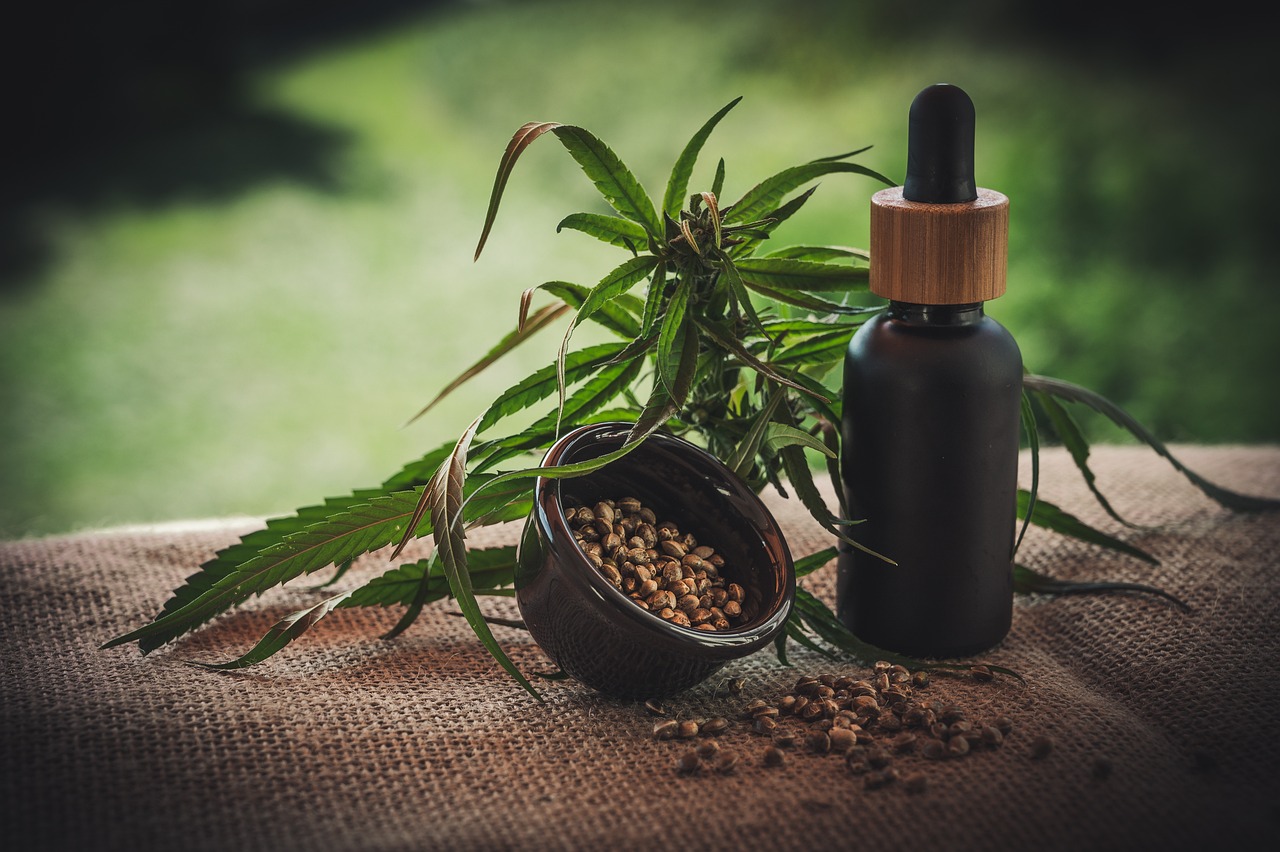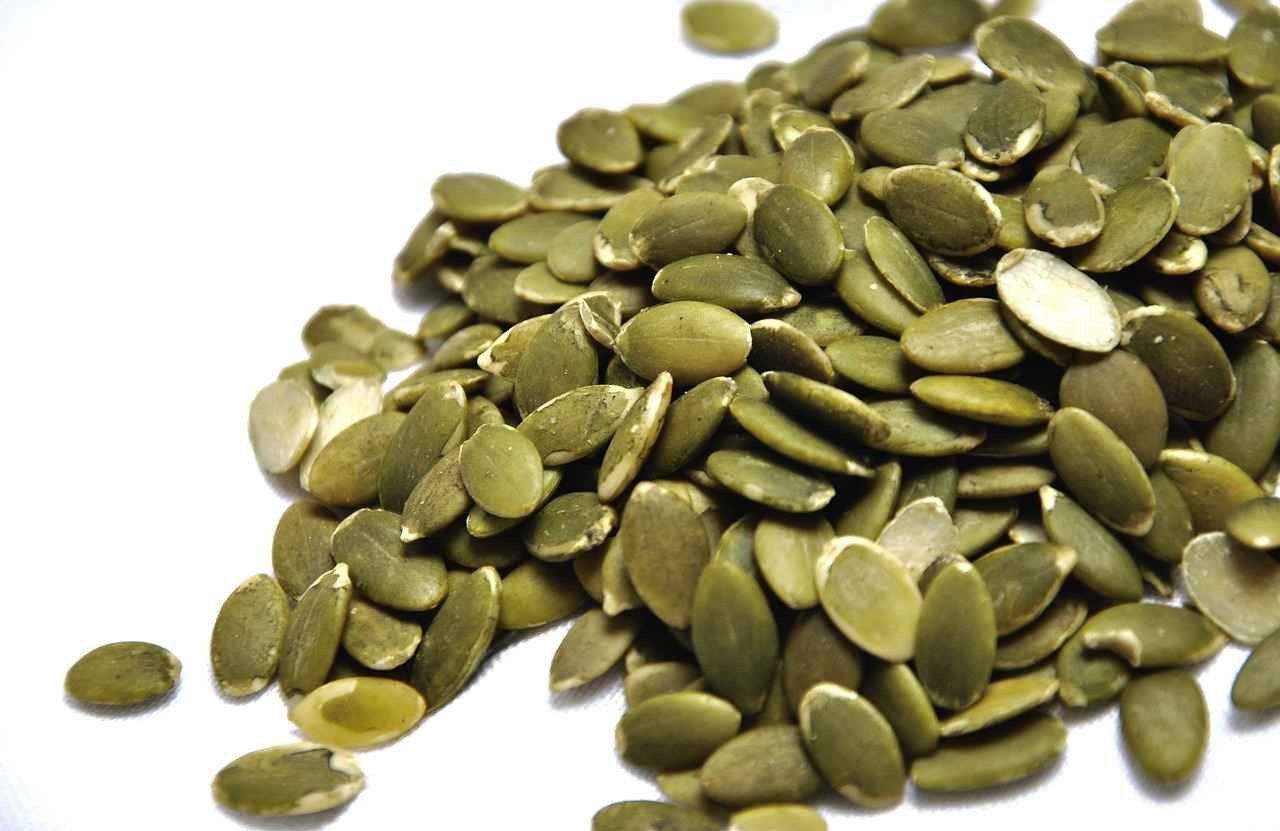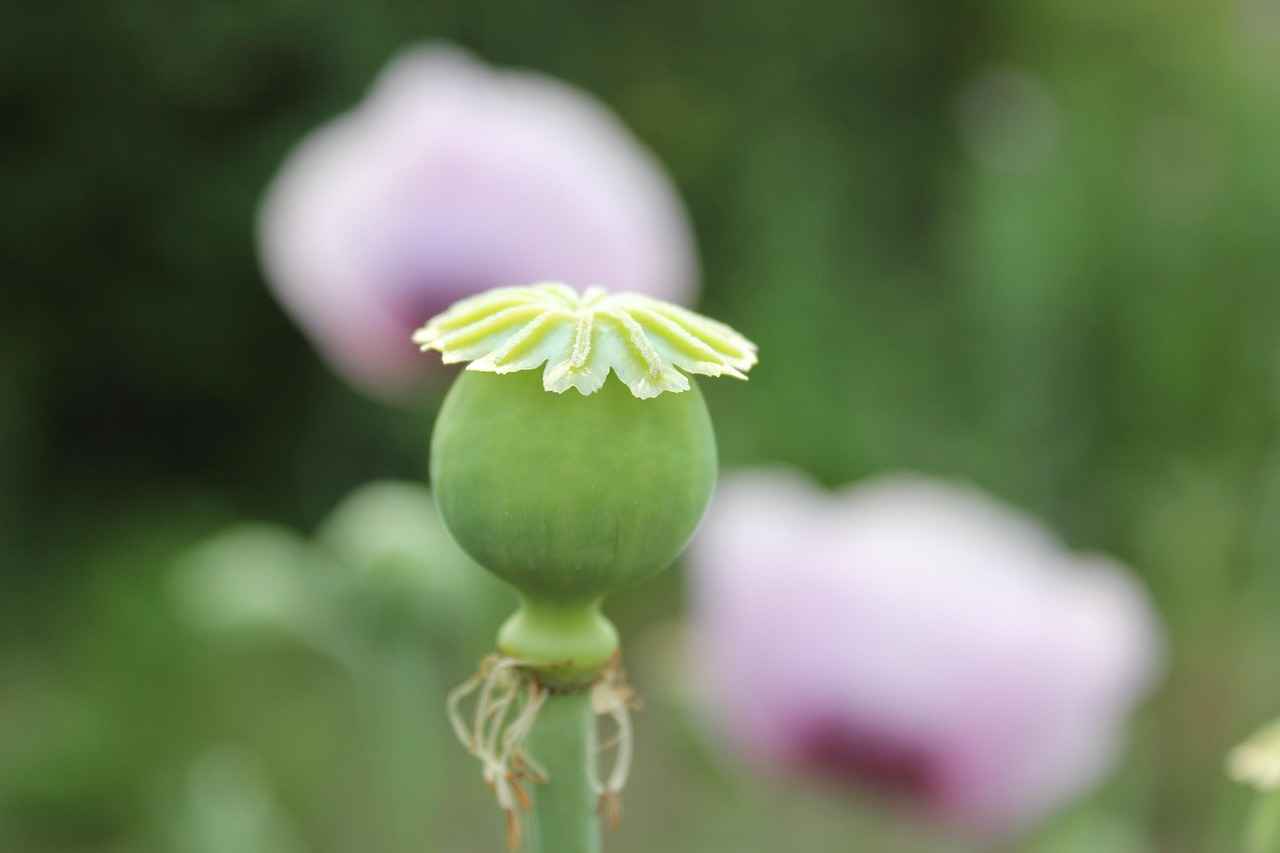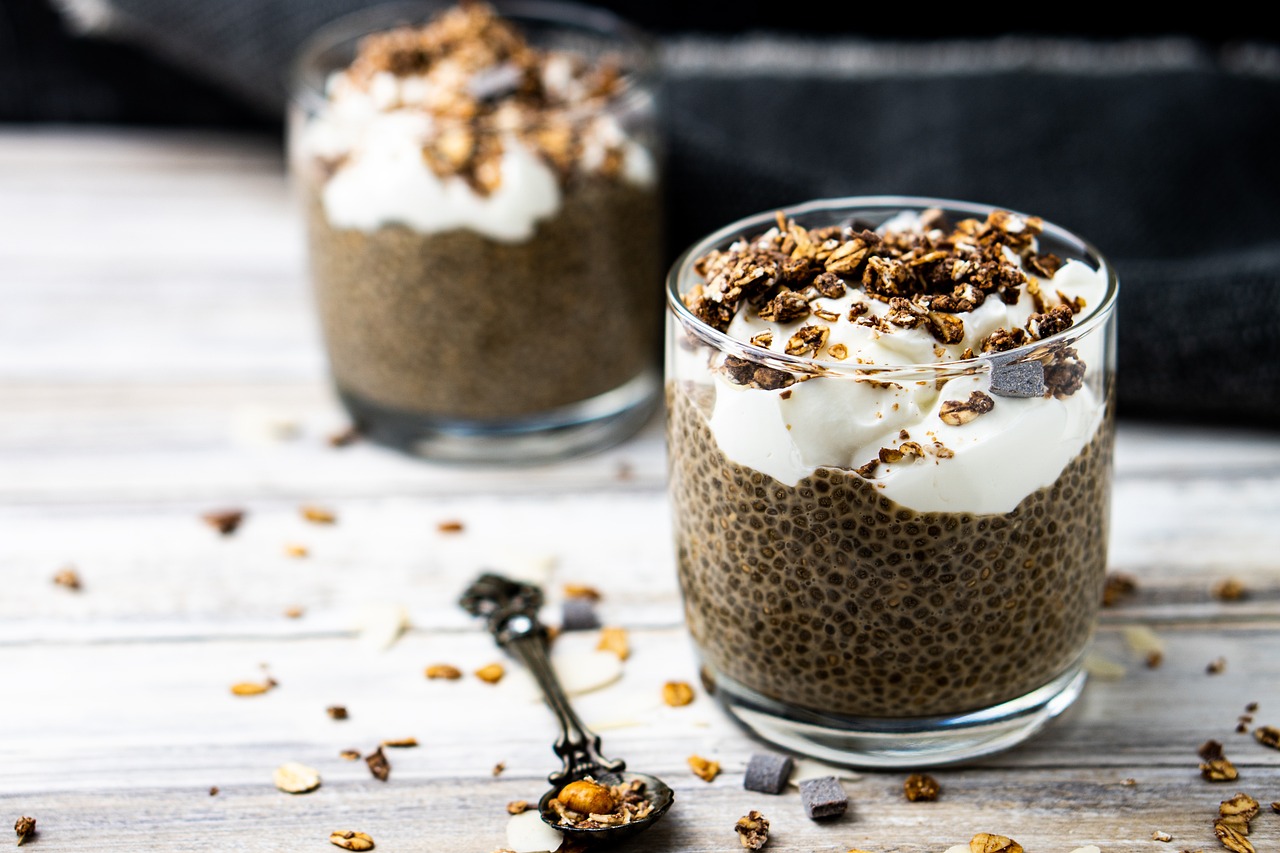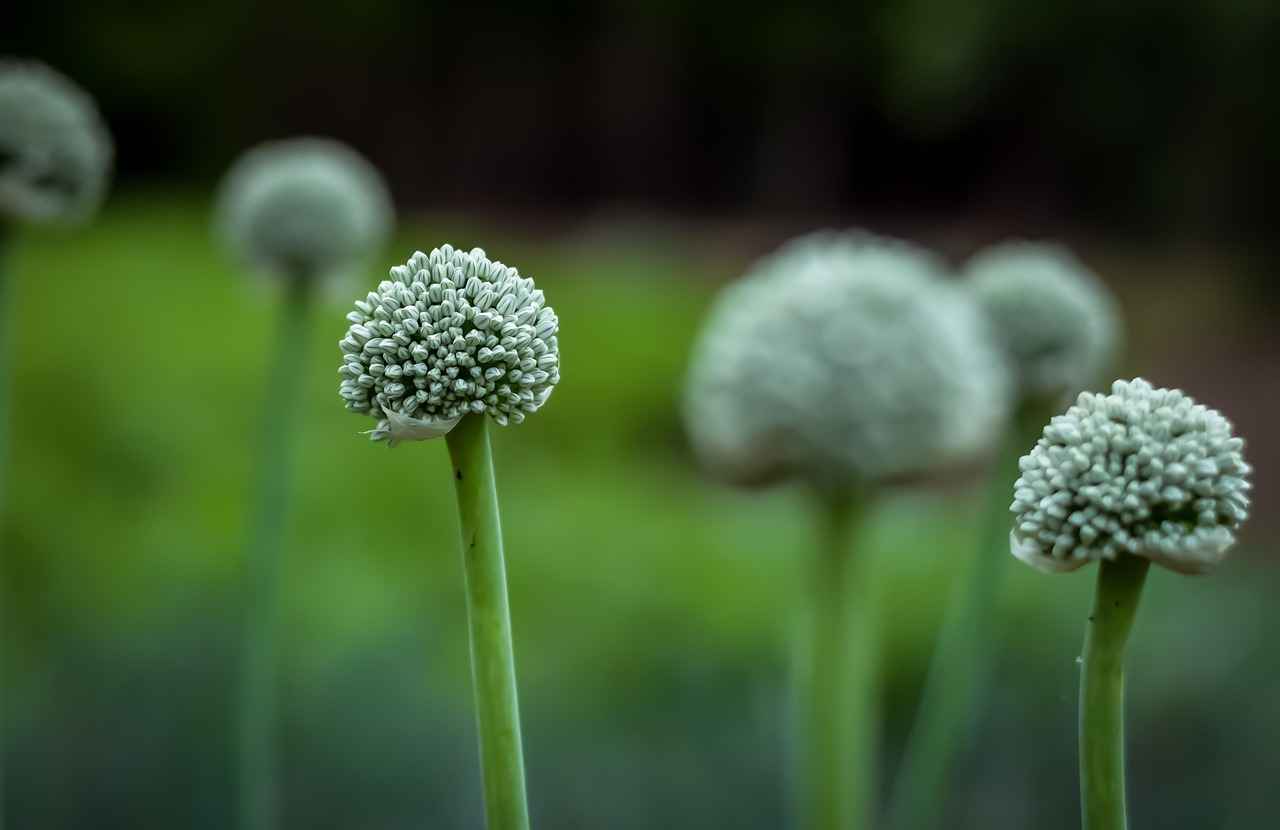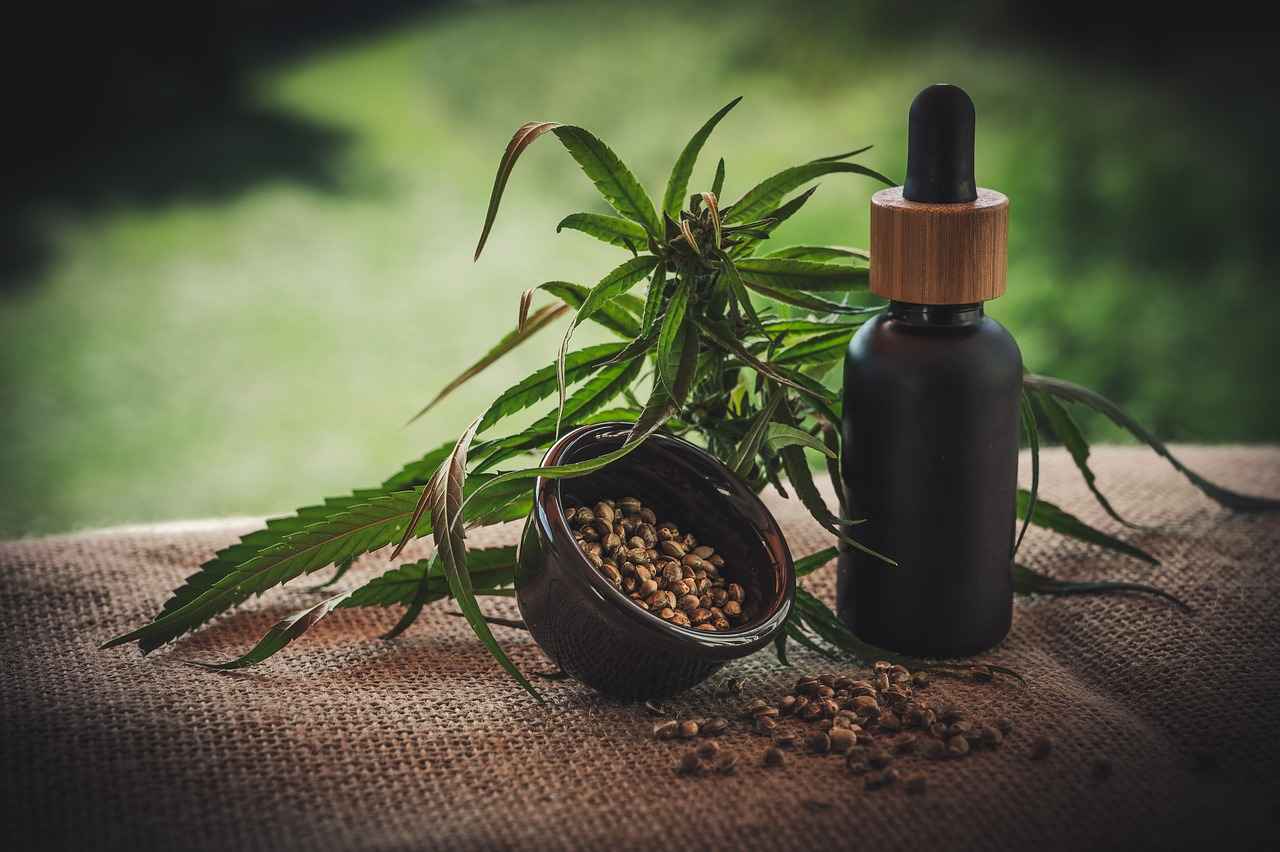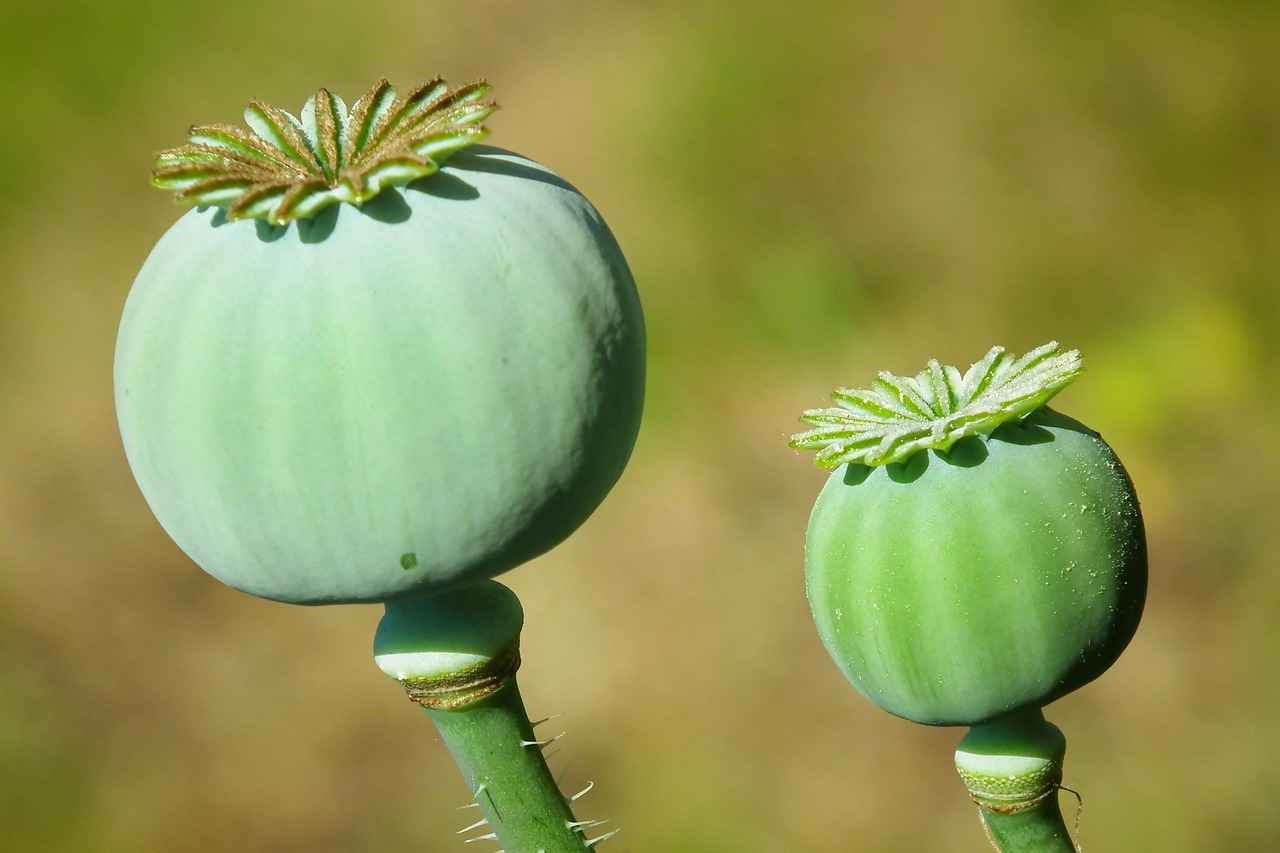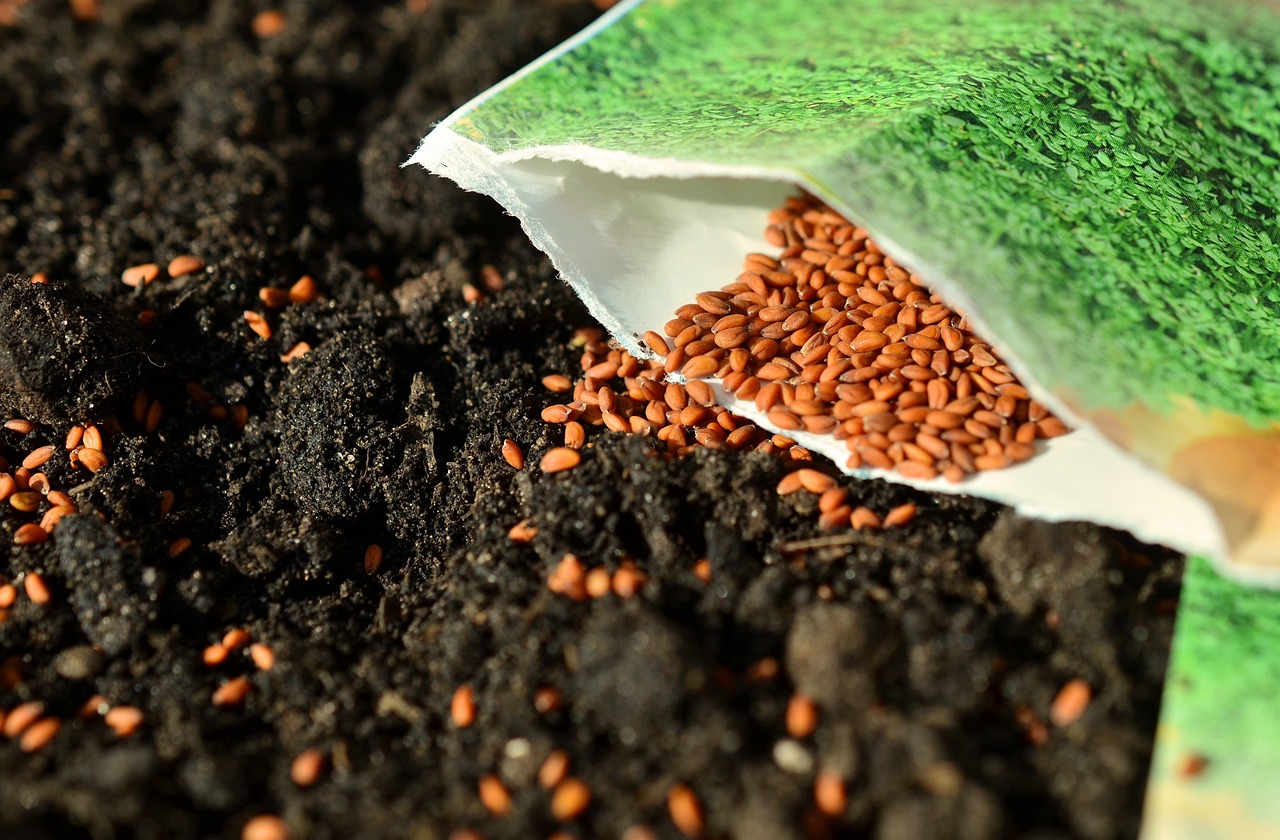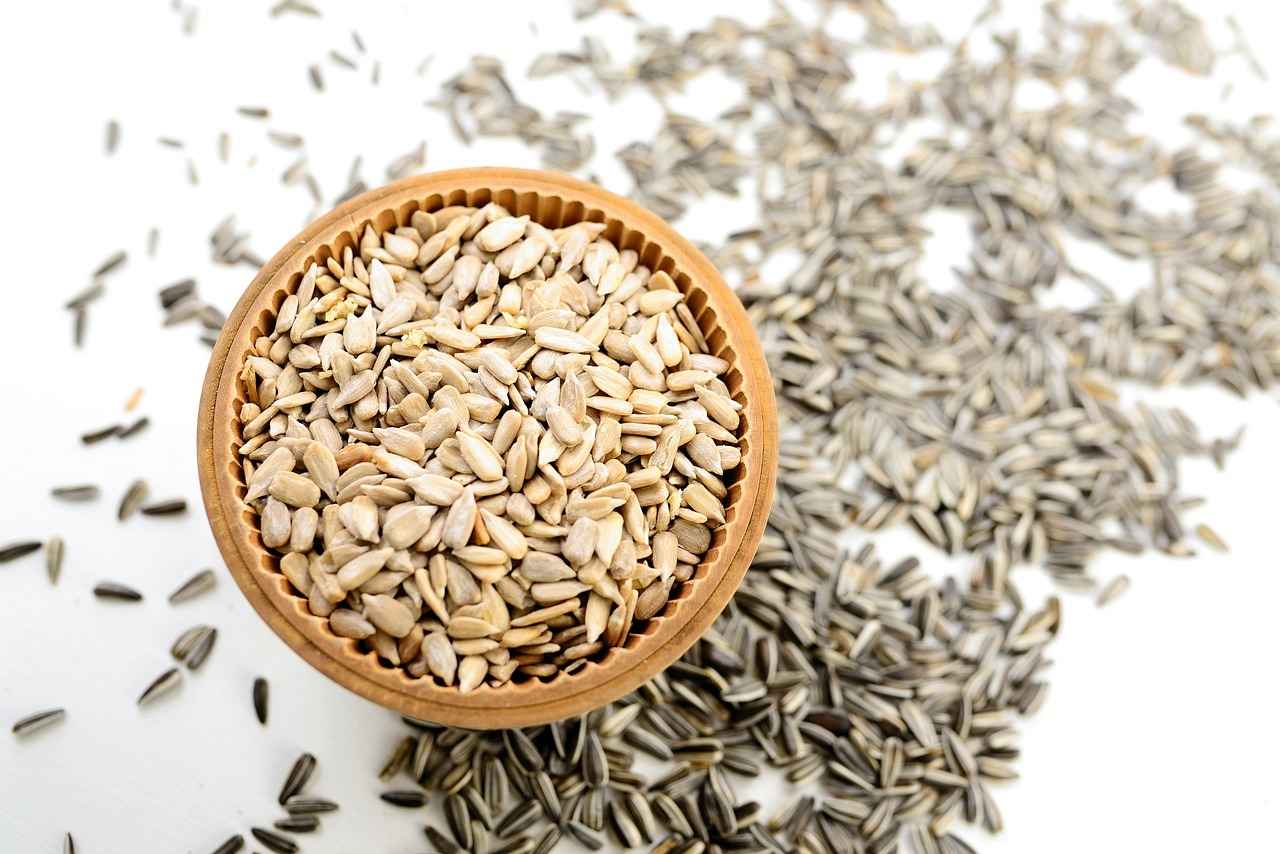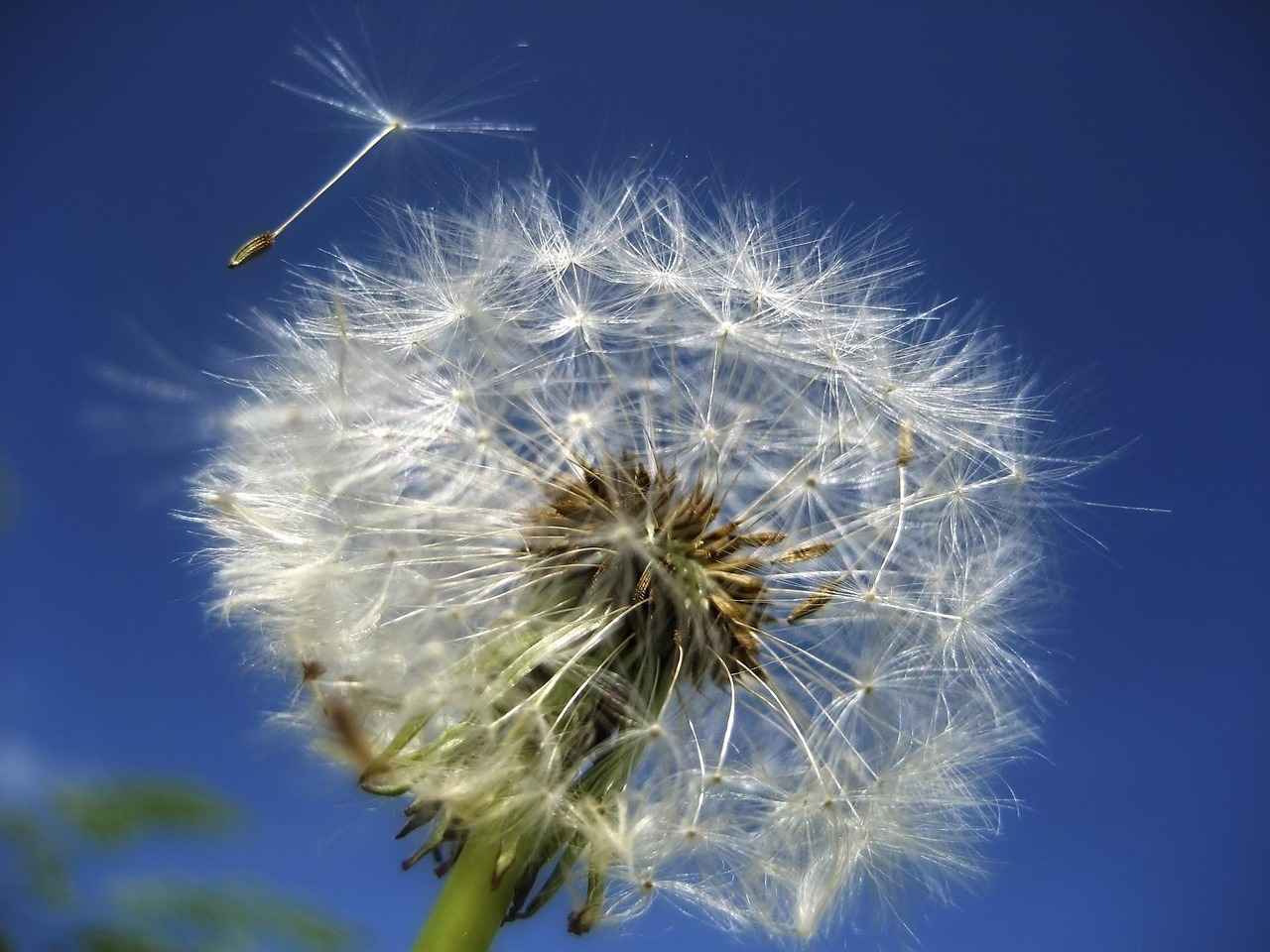This article delves into various cooking methods for chia seeds, emphasizing techniques that enhance their digestibility and nutritional benefits. Chia seeds, often hailed as a superfood, can be a valuable addition to your diet when prepared correctly.
What Are Chia Seeds and Their Nutritional Benefits?
Chia seeds are small, black or white seeds derived from the Salvia hispanica plant. They are incredibly nutrient-dense, containing high levels of omega-3 fatty acids, antioxidants, fiber, and protein. This unique nutritional profile contributes to their popularity as a superfood, making them beneficial for heart health, digestive health, and weight management.
Why Should You Cook Chia Seeds?
Cooking chia seeds can significantly enhance their digestibility and nutrient absorption. When cooked, the seeds swell and form a gel-like consistency, making it easier for your body to break them down and absorb their nutrients compared to consuming them raw. This is particularly important for those who may experience digestive discomfort when eating raw seeds.
How to Prepare Chia Seeds for Cooking?
Preparation is crucial for optimal results. Begin by rinsing the chia seeds under cold water to remove any impurities. Next, soak them in water or a liquid of your choice for at least 30 minutes. This soaking process activates their gel-forming abilities and enhances their digestibility. A common ratio is 1 part chia seeds to 4 parts liquid.
What Are the Best Cooking Methods for Chia Seeds?
- Boiling Chia Seeds: Boiling is a straightforward method that transforms chia seeds into a gel-like substance. To boil, add soaked chia seeds to boiling water, stirring continuously until the desired consistency is reached. This method is excellent for adding chia to soups or sauces.
- Baking with Chia Seeds: Incorporating chia seeds into baked goods not only boosts fiber content but also adds moisture. They can be used as an egg substitute in vegan baking—mix 1 tablespoon of chia seeds with 2.5 tablespoons of water, let it sit until it thickens, and use it in your recipe.
- Blending Chia Seeds: For smoothies, simply blend soaked chia seeds with your favorite fruits and vegetables. This method ensures a smooth texture while maximizing the nutritional benefits.
How to Use Chia Seeds in Smoothies and Drinks?
Adding chia seeds to smoothies and drinks is an easy way to enjoy their benefits. For a nutritious smoothie, blend 1 tablespoon of soaked chia seeds with spinach, banana, and almond milk. The seeds will add a delightful texture and enhance the drink’s fiber content.
Can You Use Chia Seeds in Savory Dishes?
Absolutely! Chia seeds are versatile and can be sprinkled on salads, stirred into soups, or used in sauces. They can also be used to thicken gravies or dressings, providing a nutritious boost without altering the flavor.
What Are Common Mistakes to Avoid When Cooking Chia Seeds?
To achieve the best results, avoid these common pitfalls:
- Not soaking the seeds long enough, which can lead to digestive discomfort.
- Overcooking the seeds, which can result in a less desirable texture.
- Using insufficient liquid when cooking, leading to a gummy consistency.
By understanding how to cook chia seeds properly, you can unlock their full potential and enjoy their numerous health benefits. Incorporating chia seeds into your meals is not only easy but also a delicious way to enhance your overall nutrition.
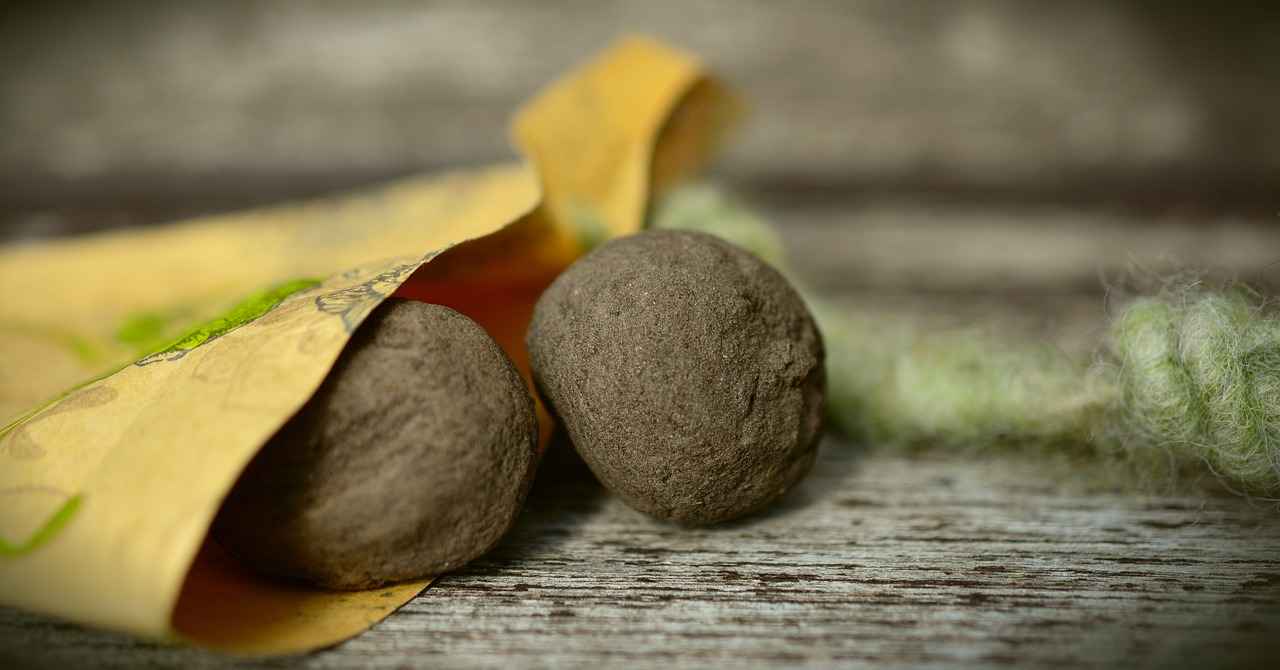
What Are Chia Seeds and Their Nutritional Benefits?
Chia seeds, derived from the Salvia hispanica plant, have gained immense popularity as a superfood due to their impressive nutritional profile. These tiny seeds, often black or white in color, are not only versatile in culinary applications but also packed with a wealth of health benefits.
One of the most notable features of chia seeds is their high content of omega-3 fatty acids. These essential fats are crucial for heart health, helping to reduce inflammation and lower the risk of chronic diseases. In fact, chia seeds are one of the richest plant sources of omega-3s, making them an excellent choice for those following a vegetarian or vegan diet.
In addition to omega-3s, chia seeds are an excellent source of dietary fiber. Just a single ounce (about 28 grams) of chia seeds contains approximately 11 grams of fiber, which is about one-third of the recommended daily intake. This high fiber content aids in digestion, promotes a feeling of fullness, and can help regulate blood sugar levels, making chia seeds a beneficial addition to meals.
Moreover, chia seeds are rich in protein, containing about 4 grams per ounce. This makes them an ideal choice for those looking to increase their protein intake without relying solely on animal products. The combination of protein, fiber, and healthy fats in chia seeds can contribute to a well-rounded diet, supporting muscle maintenance and overall health.
Chia seeds are also packed with essential minerals such as calcium, magnesium, and phosphorus. These minerals play vital roles in bone health, energy production, and metabolic processes. For instance, calcium is crucial for maintaining strong bones and teeth, while magnesium supports muscle function and energy production.
Another impressive aspect of chia seeds is their antioxidant content. Antioxidants help combat oxidative stress in the body, which can lead to chronic diseases and aging. By incorporating chia seeds into your diet, you can boost your intake of these protective compounds.
To summarize, chia seeds are a nutrient-dense superfood that offers a range of health benefits. Their rich content of omega-3 fatty acids, fiber, protein, essential minerals, and antioxidants makes them a valuable addition to any diet. Understanding their nutritional profile not only highlights their health benefits but also explains their rising popularity as a go-to ingredient for health-conscious individuals.
Incorporating chia seeds into your meals can be simple and delicious. Whether added to smoothies, baked goods, or savory dishes, these tiny seeds can enhance both the nutritional value and texture of your food.

Why Should You Cook Chia Seeds?
Chia seeds have gained immense popularity in recent years due to their numerous health benefits. While many enjoy them raw, cooking chia seeds can significantly enhance their digestibility and nutrient absorption. This section delves into the compelling reasons for cooking chia seeds, comparing the benefits of cooked versus raw consumption.
Cooking chia seeds transforms their texture and makes them easier for the body to digest. When consumed raw, chia seeds can absorb a large amount of liquid, expanding in size and forming a gel-like consistency. While this is beneficial for hydration, it can also lead to digestive discomfort for some individuals. Cooking chia seeds mitigates this issue by breaking down the seed’s outer layer, which can enhance nutrient availability.
- Improved Nutrient Absorption: Cooking chia seeds helps to unlock essential nutrients, such as omega-3 fatty acids, calcium, and antioxidants, making them more bioavailable.
- Enhanced Digestibility: The heat from cooking softens the seeds, making them easier to digest and reducing the risk of gastrointestinal issues such as bloating or gas.
- Versatile Culinary Uses: Cooked chia seeds can be incorporated into various dishes, enhancing flavors and textures, from soups to baked goods.
Moreover, when chia seeds are cooked, they can absorb flavors from other ingredients, making them a versatile addition to meals. For instance, adding cooked chia seeds to a savory dish can provide a delightful crunch and a boost of nutrition without overpowering the other flavors.
Another significant advantage of cooking chia seeds is their gelatinous texture when boiled. This characteristic allows them to act as a natural thickening agent in recipes, making them ideal for puddings, smoothies, and sauces. By incorporating cooked chia seeds into your diet, you can enjoy the benefits of this superfood while also enhancing the overall culinary experience.
In summary, cooking chia seeds not only improves their digestibility and nutrient absorption but also opens up a world of culinary possibilities. Whether you choose to boil, bake, or blend them, the advantages of consuming cooked chia seeds are clear. Embrace this superfood in its cooked form for a healthier, more enjoyable eating experience.
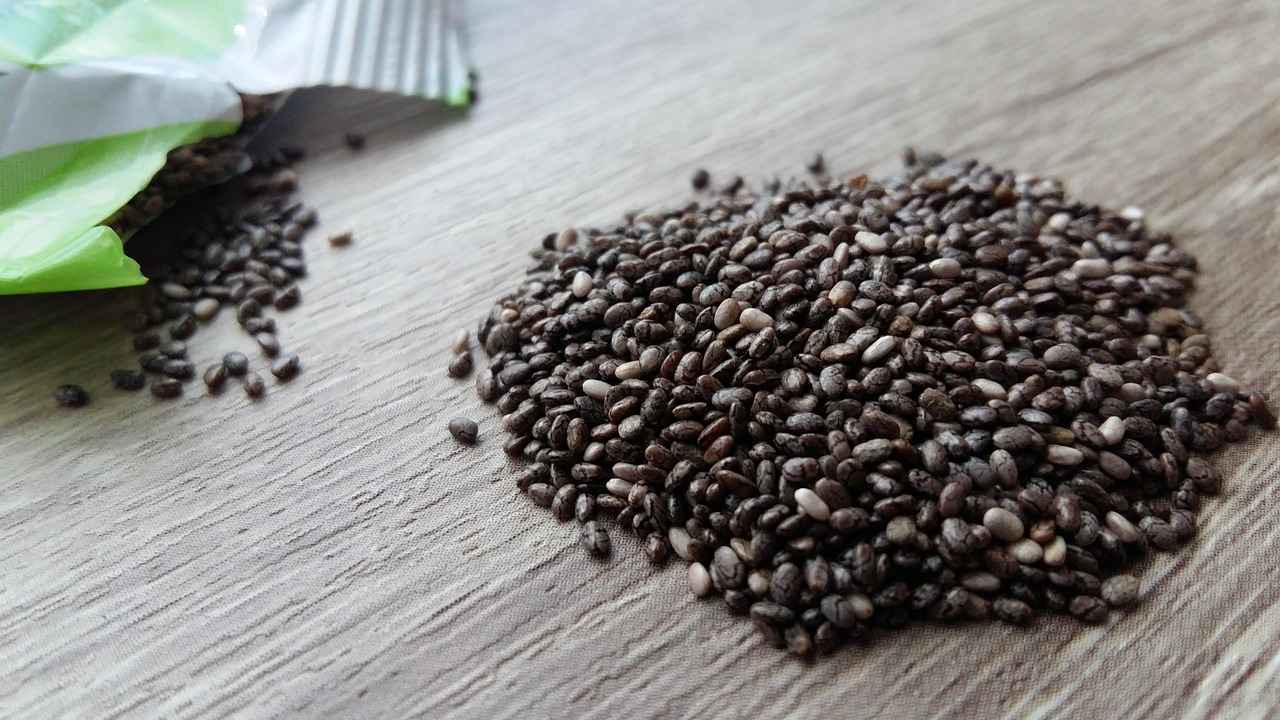
How to Prepare Chia Seeds for Cooking?
Preparation is key when cooking chia seeds, as it significantly affects their texture, flavor, and overall digestibility. Properly preparing chia seeds ensures that you maximize their nutritional benefits and enhance their incorporation into various recipes. Below, we detail the essential steps for rinsing, soaking, and measuring chia seeds for optimal results.
Rinsing chia seeds is an important step that helps remove any dust or impurities that may be present. This process also helps to enhance the flavor of the seeds. To rinse chia seeds:
- Place the desired amount of chia seeds in a fine-mesh strainer.
- Rinse under cold running water for about 30 seconds.
- Shake off excess water before proceeding to the next step.
Soaking chia seeds is crucial for unlocking their full potential. When soaked, chia seeds absorb liquid and expand, forming a gel-like consistency that is easier to digest. This process also helps in:
- Improving Nutrient Absorption: Soaked seeds allow for better nutrient utilization by the body.
- Enhancing Texture: The gel-like texture makes chia seeds more palatable in recipes.
To soak chia seeds:
- Combine 1 part chia seeds with 4 parts liquid (water, almond milk, etc.) in a bowl.
- Stir well to prevent clumping.
- Let the mixture sit for at least 30 minutes or overnight in the refrigerator for best results.
Accurate measurement of chia seeds is essential for achieving the desired consistency and flavor in your dishes. Use the following guidelines:
- For puddings: ¼ cup of chia seeds typically yields about 1 cup of pudding after soaking.
- For smoothies: 1-2 tablespoons of soaked chia seeds is usually sufficient to enhance texture without overpowering the drink.
- For baking: When substituting for eggs, mix 1 tablespoon of chia seeds with 2.5 tablespoons of water, allowing it to sit until it thickens.
Incorporating these preparation steps into your cooking routine will ensure that your chia seeds are not only delicious but also nutritionally beneficial. By rinsing, soaking, and measuring correctly, you set the stage for a variety of recipes that showcase the versatility of chia seeds.
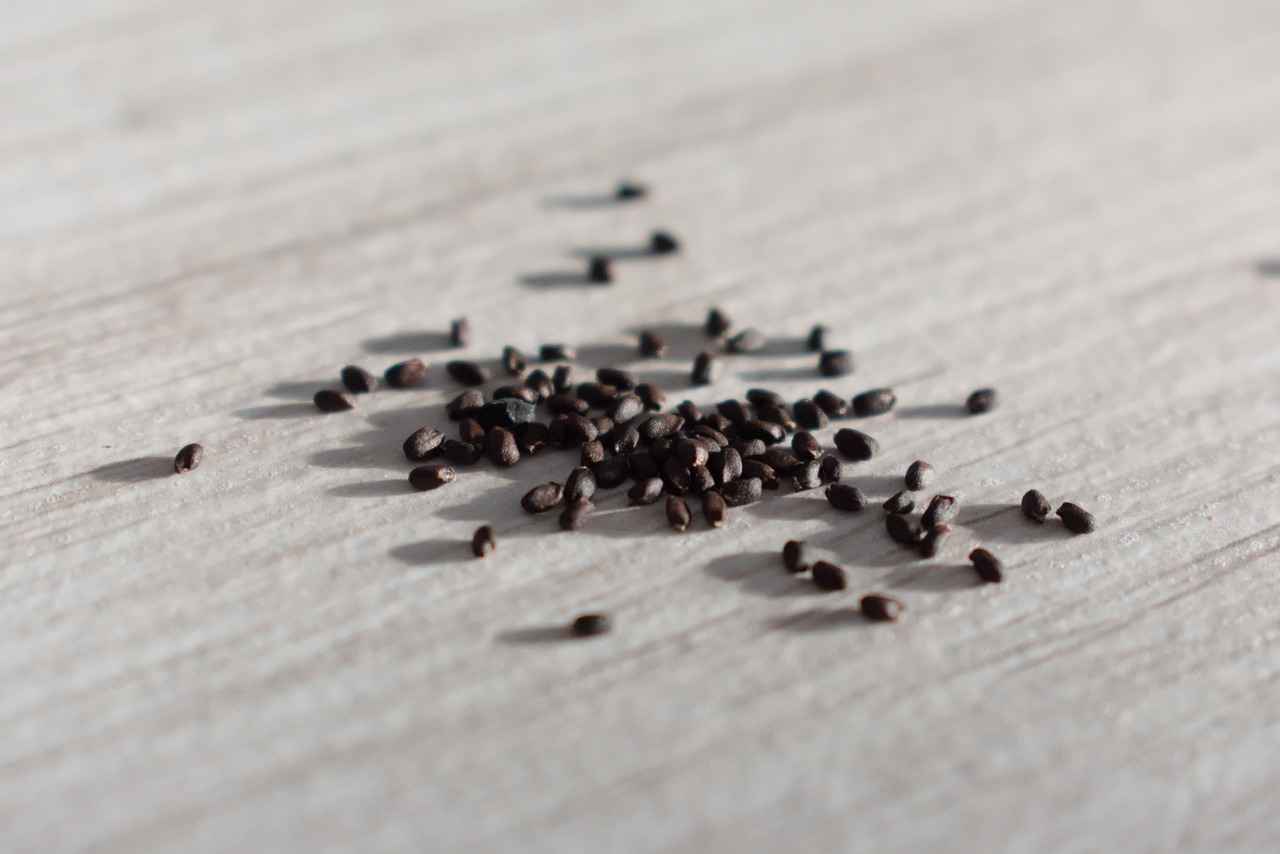
What Are the Best Cooking Methods for Chia Seeds?
Chia seeds have gained immense popularity in recent years, not just for their nutritional benefits but also for their versatility in cooking. Different cooking methods yield varying textures and flavors, making it essential to explore the best techniques to maximize the benefits of chia seeds. Here, we delve into the most effective methods, including boiling, baking, and blending, to help you incorporate these tiny powerhouses into your diet.
Each cooking method alters the texture and flavor of chia seeds, impacting how they can be used in various dishes. By understanding these methods, you can enhance their digestibility and nutritional profile, making them a more appealing addition to your meals.
One of the easiest ways to prepare chia seeds is by boiling them. This method results in a gel-like consistency, which not only makes the seeds easier to digest but also adds a unique texture to your dishes. To boil chia seeds, simply combine them with water in a saucepan, using a ratio of 1:4 (one part seeds to four parts water). Bring the mixture to a boil, then reduce the heat and simmer for about 10 minutes, stirring occasionally. Once done, you can use this gel in smoothies, oatmeal, or as a thickener for soups and sauces.
Baking with chia seeds can significantly enhance the nutritional value of your recipes. When added to baked goods, chia seeds not only provide a boost of fiber and omega-3 fatty acids but also help retain moisture, resulting in a more tender texture. You can substitute chia seeds for eggs by mixing one tablespoon of chia seeds with three tablespoons of water, letting it sit until it forms a gel. This mixture works well in muffins, pancakes, and bread.
Chia seeds blend seamlessly into smoothies and drinks, providing a nutritional boost without altering the flavor. For a delicious smoothie, combine your favorite fruits, a liquid base (like almond milk), and a tablespoon of chia seeds. Blend until smooth, and let it sit for a few minutes to allow the seeds to swell, creating a satisfying texture. This method is perfect for those looking to incorporate chia seeds into their diet effortlessly.
Chia seeds are not just for sweet dishes; they can be creatively used in savory recipes as well. Adding chia seeds to salads, soups, and sauces can enhance their nutritional profile. For example, sprinkle them over a fresh salad for added crunch or mix them into a hearty soup for thickening. This versatility makes chia seeds an excellent ingredient for both sweet and savory dishes.
While cooking chia seeds is relatively straightforward, there are common mistakes to watch out for. One frequent error is not allowing enough time for the seeds to absorb liquid, which can lead to a gritty texture. Always let chia seeds soak for at least 15 minutes before consuming them in drinks or recipes. Additionally, be mindful of the ratio of chia seeds to liquid; too few seeds can result in a runny consistency, while too many can make your dish overly thick.
In conclusion, understanding the best cooking methods for chia seeds can greatly enhance your culinary experience. Whether you choose to boil, bake, or blend, each technique offers unique benefits that can elevate your dishes while maximizing the nutritional advantages of chia seeds. Experiment with these methods to find your favorite way to enjoy this superfood!
Boiling Chia Seeds: A Simple Method
Boiling chia seeds is a straightforward method that not only enhances their digestibility but also transforms them into a versatile ingredient for various dishes. When chia seeds are boiled, they absorb water and swell, forming a gel-like consistency that makes them easier for the body to digest and absorb nutrients. This section will guide you through the boiling process and provide creative ways to incorporate these nutritious seeds into your meals.
Boiling chia seeds serves multiple purposes. Firstly, it activates the seeds, allowing them to release their nutrients more effectively. Secondly, the gel-like texture created during boiling can help to thicken soups, smoothies, and sauces, providing both nutritional benefits and enhancing the overall texture of your dishes.
- Measure the Seeds: Start with a typical ratio of 1 part chia seeds to 3 parts water. For example, use 1/4 cup of chia seeds and 3/4 cup of water.
- Boil Water: Bring the water to a gentle boil in a saucepan. Make sure not to use high heat, as this can lead to uneven cooking.
- Add Chia Seeds: Once the water is boiling, slowly add the chia seeds while stirring continuously to prevent clumping.
- Simmer: Reduce the heat and let the mixture simmer for about 5-10 minutes. Stir occasionally to ensure even cooking.
- Cool and Store: After cooking, remove the saucepan from heat and let the chia gel cool. You can store it in an airtight container in the refrigerator for up to a week.
Once you have prepared boiled chia seeds, the possibilities for incorporating them into your diet are endless:
- In Smoothies: Add a spoonful of chia gel to your smoothies for an extra boost of fiber and omega-3 fatty acids.
- In Baking: Use the gel as an egg substitute in vegan baking. One tablespoon of chia gel can replace one egg in recipes.
- In Soups and Stews: Stir in chia gel to thicken soups or stews while enhancing their nutritional profile.
- In Breakfast Bowls: Mix boiled chia seeds into oatmeal or yogurt for added texture and nutrition.
To enhance the flavor of boiled chia seeds, consider adding spices or sweeteners during the cooking process. A pinch of salt, vanilla extract, or even a touch of honey can transform the taste and make them more appealing, especially for breakfast or dessert recipes.
In summary, boiling chia seeds is a simple yet effective method to improve their digestibility and versatility in cooking. By following the steps outlined above, you can easily incorporate this superfood into your daily meals, maximizing both flavor and nutrition.
Baking with Chia Seeds: Tips and Tricks
Baking with chia seeds is not only a trendy choice but also a nutritional powerhouse that can elevate the quality of your baked goods. These tiny seeds are rich in omega-3 fatty acids, fiber, and protein, making them an excellent addition to various recipes. In this section, we will explore how to effectively incorporate chia seeds into your baking, enhancing both the nutritional value and texture of your favorite treats.
Chia seeds serve multiple purposes in baking. They can act as a binding agent, a source of moisture, and a nutritional booster. When mixed with water, chia seeds form a gel-like substance, which can replace eggs in vegan baking. This property not only adds moisture but also helps in creating a lighter texture in baked goods.
- Egg Replacement: To replace one egg, mix 1 tablespoon of chia seeds with 2.5 tablespoons of water. Let it sit for about 15 minutes until it thickens.
- Adding Fiber: Incorporate 2-3 tablespoons of chia seeds into your flour mixture for added fiber without altering the flavor significantly.
- Moisture Boost: For recipes like muffins or cakes, add 1-2 tablespoons of chia seeds directly into the batter to enhance moisture retention.
Chia seeds can be used in a variety of baked goods, including:
- Muffins: Their gel-like consistency helps keep muffins moist.
- Bread: Adding chia seeds to bread dough increases the nutritional profile.
- Cookies: They can replace some of the fat content while adding a delightful crunch.
Here are some practical tips to keep in mind when baking with chia seeds:
1. Always allow chia seeds to hydrate before adding them to your batter.2. Experiment with different types of recipes to find the best fit for your taste.3. Store unused chia seeds in a cool, dark place to maintain freshness.
Incorporating chia seeds into your baked goods can offer numerous health benefits:
- Increased Fiber Intake: Chia seeds are an excellent source of dietary fiber, aiding in digestion.
- Omega-3 Fatty Acids: These essential fats are important for heart health.
- Protein Source: Chia seeds contain all nine essential amino acids, making them a complete protein.
In conclusion, baking with chia seeds is an easy and effective way to enhance the nutritional profile of your favorite recipes. By substituting chia seeds for eggs or incorporating them directly into your batter, you can enjoy delicious baked goods that are not only flavorful but also packed with health benefits. So, next time you bake, consider adding chia seeds for a nutritious twist!

How to Use Chia Seeds in Smoothies and Drinks?
Incorporating chia seeds into your smoothies and drinks is not just a trend; it’s a delicious and nutritious way to boost your daily intake of essential nutrients. These tiny seeds are packed with omega-3 fatty acids, fiber, and protein, making them a perfect addition to your beverages. This section will explore various recipes and tips for blending chia seeds seamlessly into your favorite drinks.
Chia seeds are incredibly versatile and can enhance the nutritional profile of any beverage. They absorb liquid and swell, creating a gel-like texture that can add a unique mouthfeel to your smoothies. By incorporating chia seeds, you can:
- Increase Fiber Intake: Chia seeds are an excellent source of dietary fiber, promoting digestive health.
- Boost Protein Content: Adding chia seeds can help you feel fuller for longer, making them perfect for a meal replacement smoothie.
- Enhance Hydration: Chia seeds can absorb up to 10-12 times their weight in water, helping to keep you hydrated.
Here are a few easy and delicious smoothie recipes that incorporate chia seeds:
| Recipe Name | Ingredients | Instructions |
|---|---|---|
| Berry Chia Smoothie | 1 cup mixed berries, 1 banana, 1 cup almond milk, 2 tbsp chia seeds | Blend all ingredients until smooth. Let it sit for 5 minutes to allow chia seeds to expand. |
| Green Chia Smoothie | 1 cup spinach, 1 apple, 1 cup coconut water, 2 tbsp chia seeds | Blend spinach and apple first, then add coconut water and chia seeds. Blend until creamy. |
| Chocolate Chia Smoothie | 1 banana, 1 tbsp cocoa powder, 1 cup oat milk, 2 tbsp chia seeds | Blend all ingredients together for a chocolatey treat. Let sit for a few minutes before serving. |
To ensure that chia seeds blend smoothly into your drinks, consider the following tips:
- Soak Before Blending: Soaking chia seeds in water or your smoothie liquid for about 10-15 minutes can help them blend more easily.
- Use a High-Powered Blender: A high-speed blender will ensure that the chia seeds break down properly, creating a smoother texture.
- Experiment with Flavors: Chia seeds have a mild flavor, making them compatible with various fruits, vegetables, and even spices.
Incorporating chia seeds into your smoothies and drinks not only enhances their nutritional value but also adds a delightful texture. By following the recipes and tips provided, you can enjoy the numerous health benefits of chia seeds while savoring delicious beverages. Whether you prefer fruity, green, or chocolatey flavors, there’s a chia seed smoothie recipe for everyone!
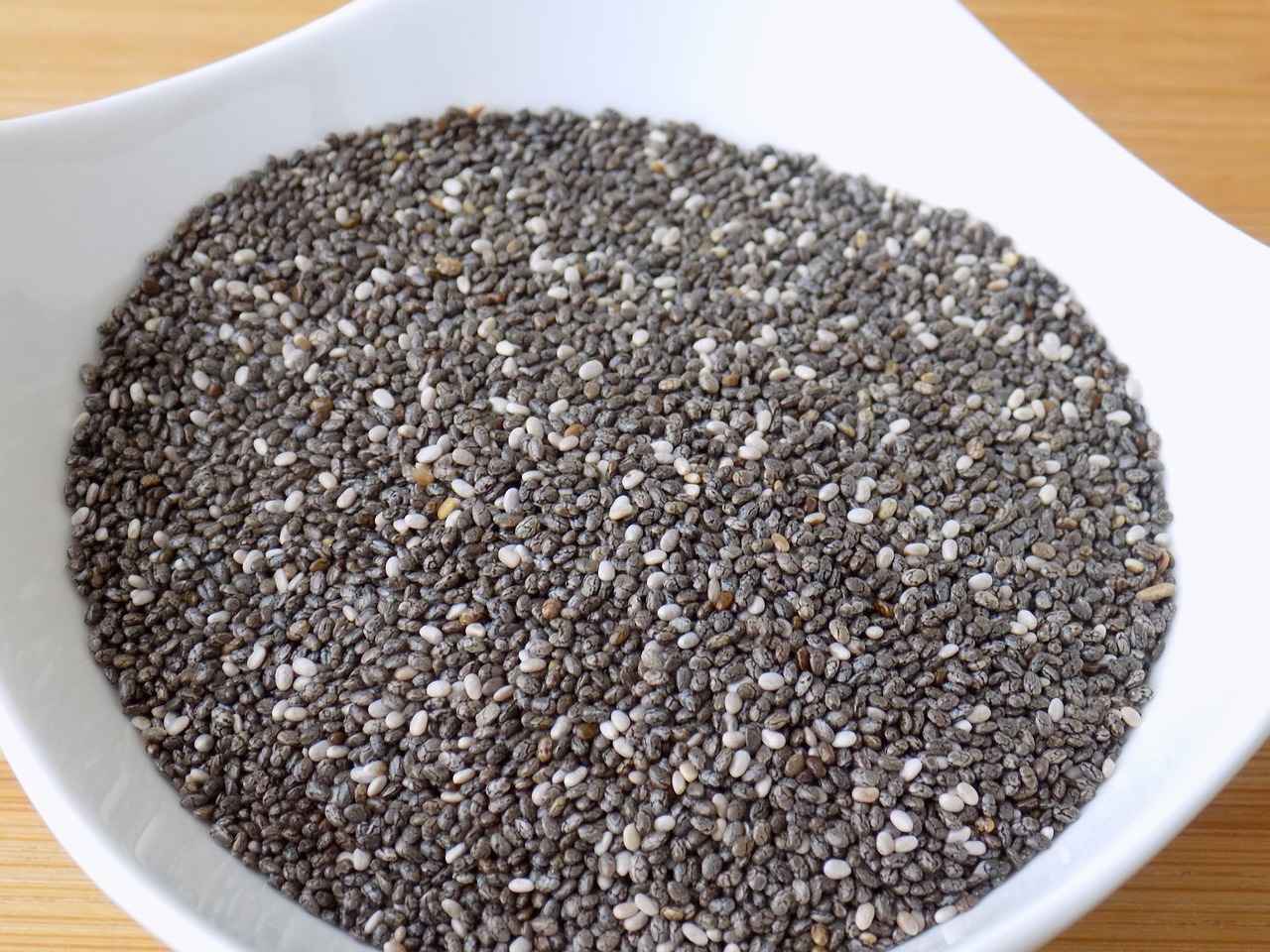
Can You Use Chia Seeds in Savory Dishes?
Chia seeds are often celebrated for their versatility and health benefits, but many people overlook their potential in savory dishes. These tiny seeds can easily be integrated into a variety of meals, not just sweet smoothies and puddings. In this section, we will explore creative and nutritious ways to incorporate chia seeds into salads, soups, and sauces.
Adding chia seeds to salads can elevate both texture and nutrition. Here are some tips:
- Chia Seed Dressing: Blend chia seeds with olive oil, vinegar, and your favorite herbs to create a nutrient-packed dressing.
- Crunchy Topping: Sprinkle soaked chia seeds over salads for a delightful crunch and an extra boost of fiber.
- Chia Pudding Salad: Mix chia pudding into a salad for a creamy texture, pairing it with fruits and greens.
Absolutely! Chia seeds can enhance the nutritional profile of soups. Here’s how:
- Thickening Agent: Use chia seeds as a natural thickener. Simply add them to your soup while cooking and allow them to swell, creating a heartier texture.
- Flavor Boost: Incorporate chia seeds into broth-based soups for added flavor and nutrition without altering the taste significantly.
- Chia-Infused Broth: Soak chia seeds in broth before adding them to your soup to infuse flavors and nutrients.
Chia seeds can also be a fantastic addition to sauces, offering both health benefits and a unique texture:
- Thickening Sauces: Similar to soups, chia seeds can be used to thicken sauces. They absorb liquid and create a gel-like consistency that can enhance your favorite marinara or barbecue sauce.
- Nutritious Dips: Blend chia seeds into hummus or guacamole for added fiber and omega-3 fatty acids. This not only boosts the nutritional value but also adds a unique texture.
- Chia Seed Marinades: Create a marinade using chia seeds, olive oil, and spices to coat meats or vegetables, infusing them with flavor while adding a healthful twist.
Incorporating chia seeds into savory dishes not only enhances flavor and texture but also provides a myriad of nutritional benefits. These seeds are rich in:
- Omega-3 Fatty Acids: Essential for heart health and brain function.
- Fiber: Promotes digestive health and helps maintain a feeling of fullness.
- Protein: Aids in muscle repair and growth, making chia seeds a great addition for those following a plant-based diet.
In conclusion, chia seeds are not just for sweet dishes. Their versatility allows them to be used in various savory recipes, enhancing both taste and nutrition. Whether you’re adding them to salads, soups, or sauces, chia seeds can transform your meals into healthier options. Don’t hesitate to experiment with these tiny seeds in your next savory dish!
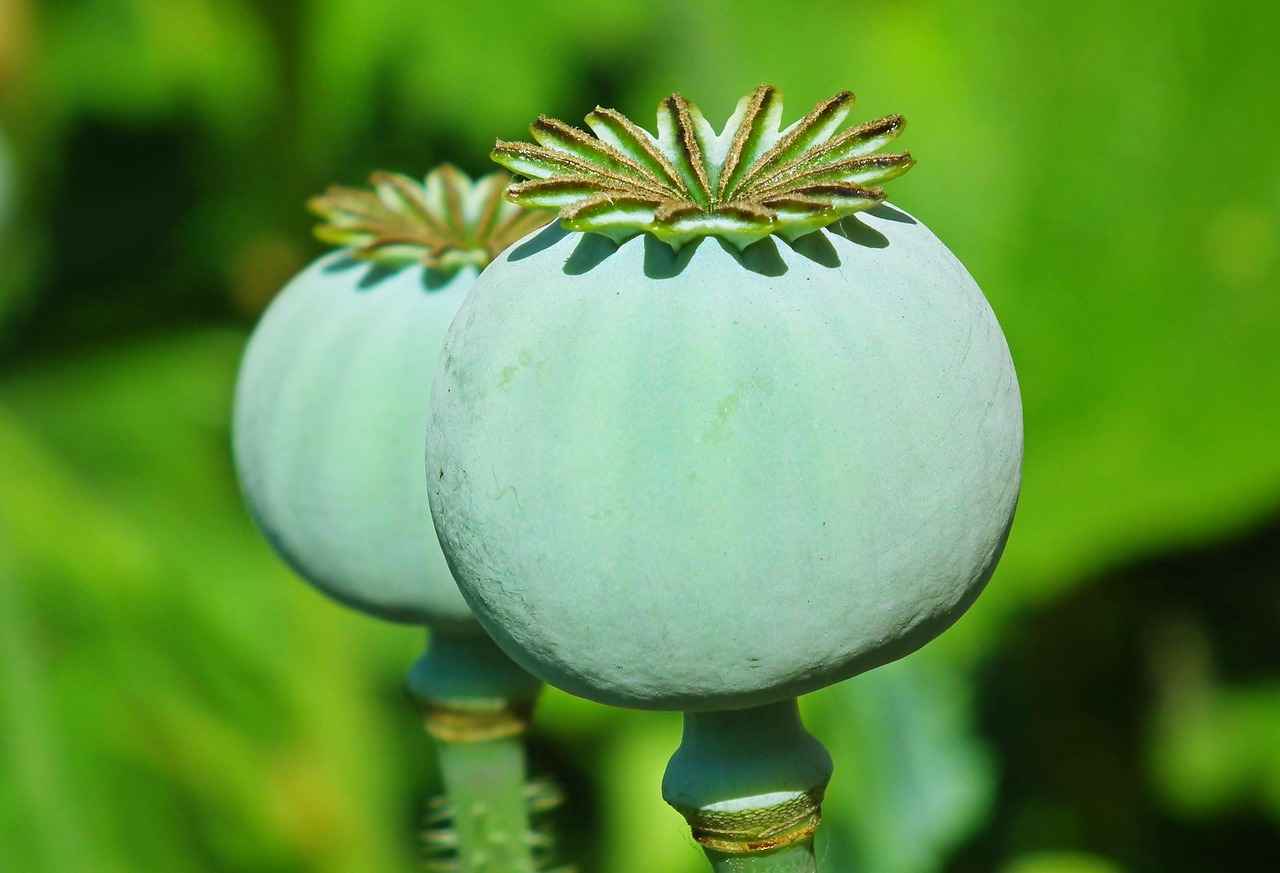
What Are Common Mistakes to Avoid When Cooking Chia Seeds?
When it comes to cooking with chia seeds, avoiding common mistakes can significantly enhance your culinary experience. These tiny seeds are packed with nutrients, but improper handling can lead to disappointing results. Below, we highlight some frequent pitfalls and provide practical solutions to ensure you get the most out of your chia seed cooking adventures.
One of the most common mistakes is not soaking chia seeds before using them in recipes. Soaking allows the seeds to absorb liquid, expanding to create a gel-like consistency. This process not only enhances digestibility but also helps in achieving the desired texture in dishes.
- Tip: Always soak chia seeds in water or your preferred liquid for at least 30 minutes before adding them to recipes.
Another frequent error is using too little liquid when cooking chia seeds. The seeds can absorb up to 10 times their weight in liquid, and insufficient hydration can result in a gritty texture.
- Tip: For every tablespoon of chia seeds, use at least 3 tablespoons of liquid to ensure optimal consistency.
Many people fail to consider the flavor profile of chia seeds, which can be somewhat bland on their own. Failing to pair them with complementary ingredients can lead to unappealing dishes.
- Tip: Enhance the flavor by mixing chia seeds with fruits, spices, or sweeteners in your recipes.
Cooking with chia seeds requires precise measurements. Overestimating or underestimating the amount can drastically alter the outcome of your dish.
- Tip: Use a kitchen scale or measuring spoons to ensure accurate quantities, especially when incorporating them into baked goods.
When adding chia seeds to liquids, failing to stir can cause clumping. This not only affects the texture but can also lead to uneven hydration.
- Tip: Stir thoroughly after adding chia seeds to ensure they are evenly distributed and fully hydrated.
If you’re making chia pudding, neglecting to refrigerate it can lead to a less-than-ideal texture. Chia puddings need time to set and thicken properly.
- Tip: Allow your chia pudding to chill in the refrigerator for at least 2 hours or overnight for the best results.
Lastly, using expired chia seeds can affect the flavor and nutritional value of your dishes. Always check the expiration date before cooking.
- Tip: Store chia seeds in a cool, dry place and regularly check for freshness.
By being mindful of these common mistakes, you can enhance your chia seed cooking experience. With the right techniques, you can enjoy the full nutritional benefits and delicious flavors that chia seeds have to offer.
Frequently Asked Questions
- How do I prepare chia seeds before cooking?
Preparing chia seeds is simple! Start by rinsing them under cold water to remove any impurities. Then, soak them in water or your favorite liquid for about 30 minutes. This helps them absorb moisture and become easier to digest.
- Can I use chia seeds in both sweet and savory dishes?
Absolutely! Chia seeds are incredibly versatile. You can sprinkle them on salads, mix them into smoothies, or even add them to soups for a nutritional boost. They blend well in both sweet and savory recipes!
- What are the benefits of cooking chia seeds?
Cooking chia seeds can enhance their digestibility and nutrient absorption. When cooked, they form a gel-like consistency, making them easier for your body to process and enjoy all their health benefits.
- How can I avoid common mistakes when cooking chia seeds?
To avoid pitfalls, make sure to soak your chia seeds properly and not to add too much liquid to your recipes. Also, be mindful of the cooking time to achieve the desired texture without overcooking them!


